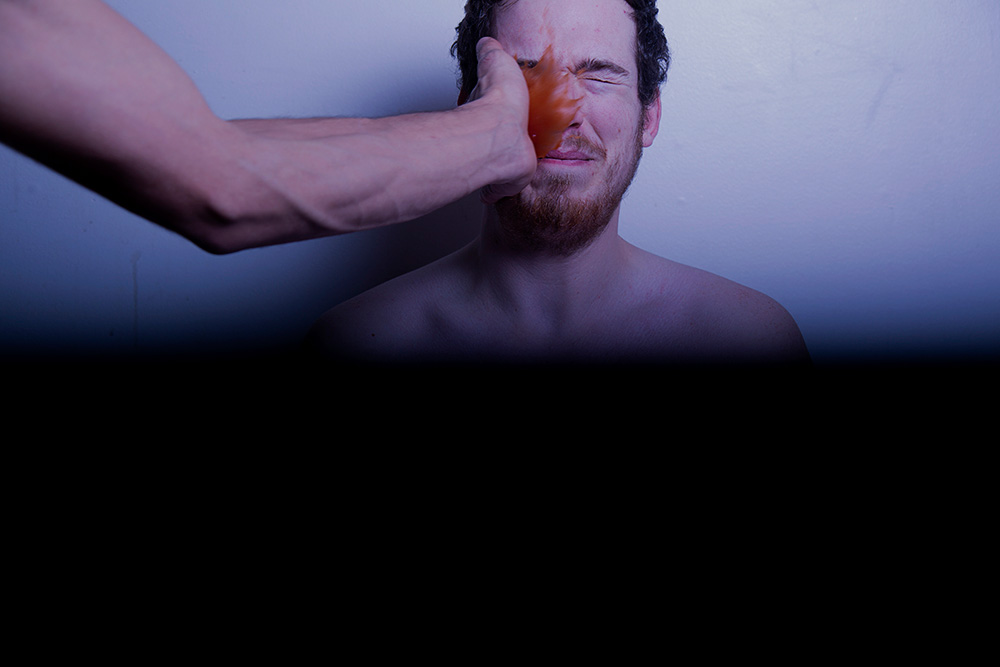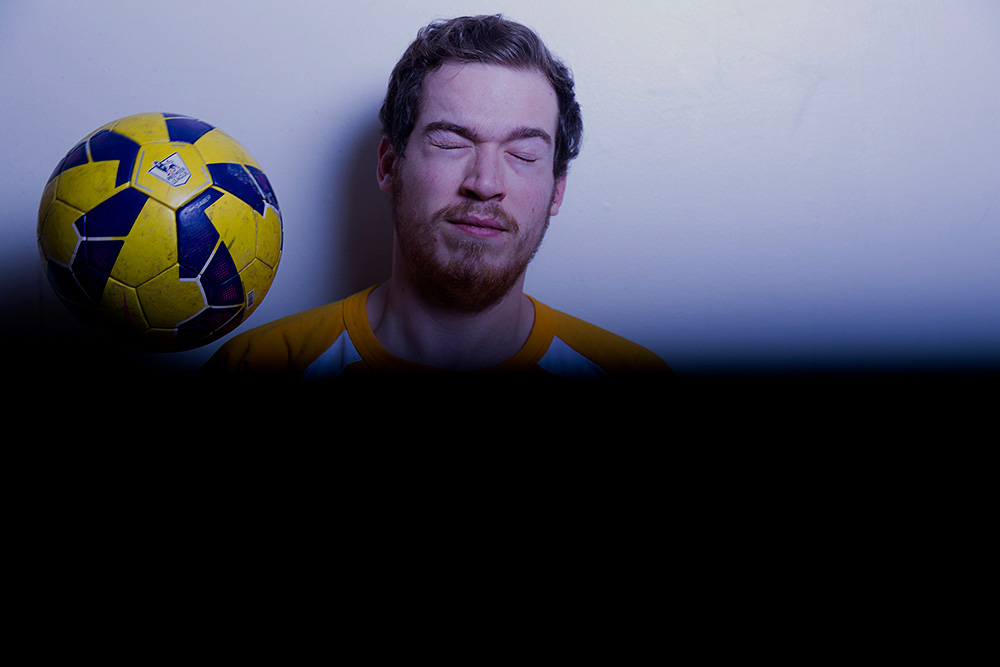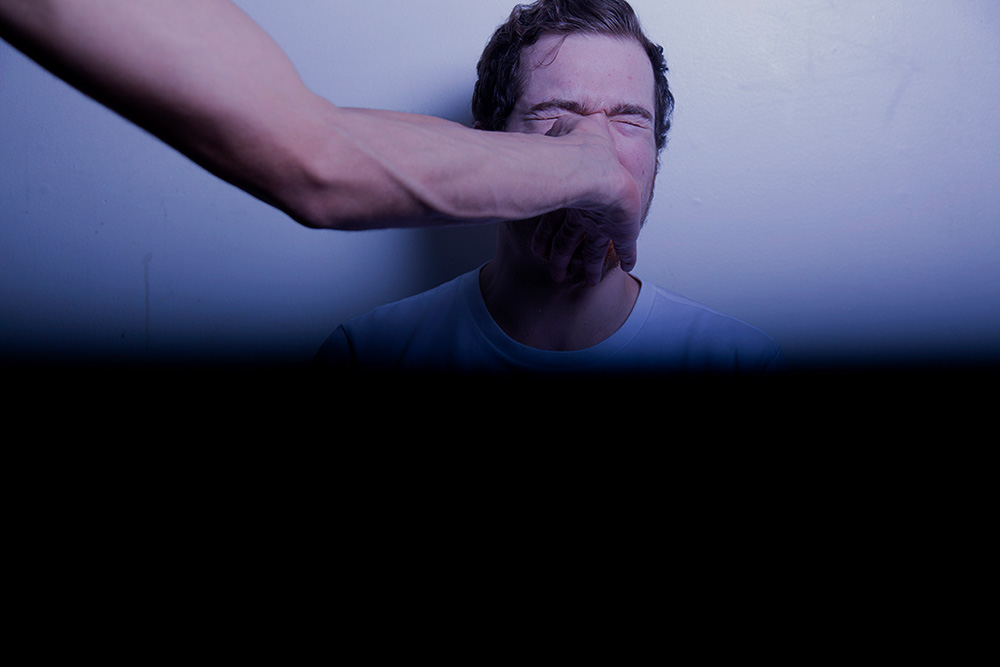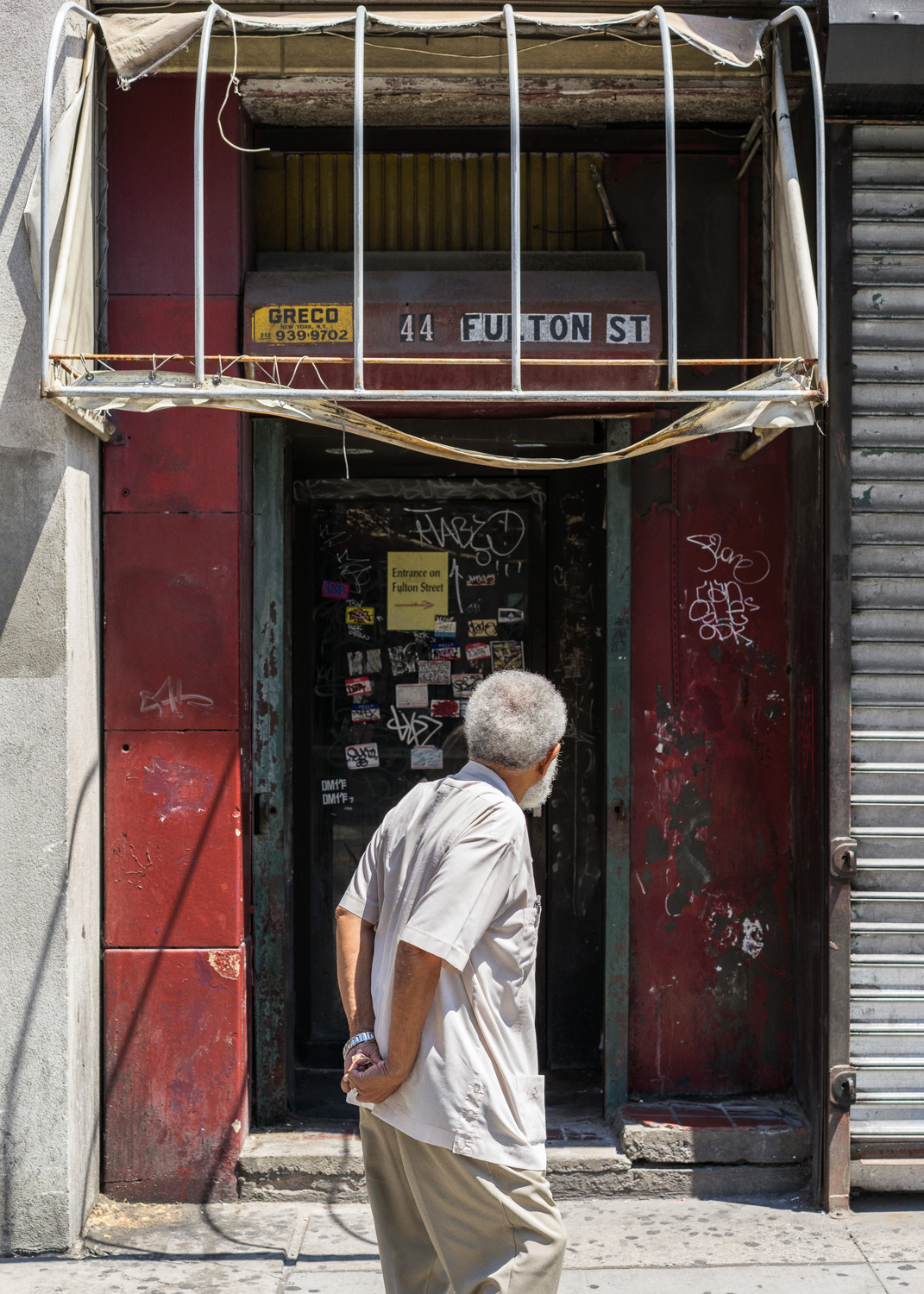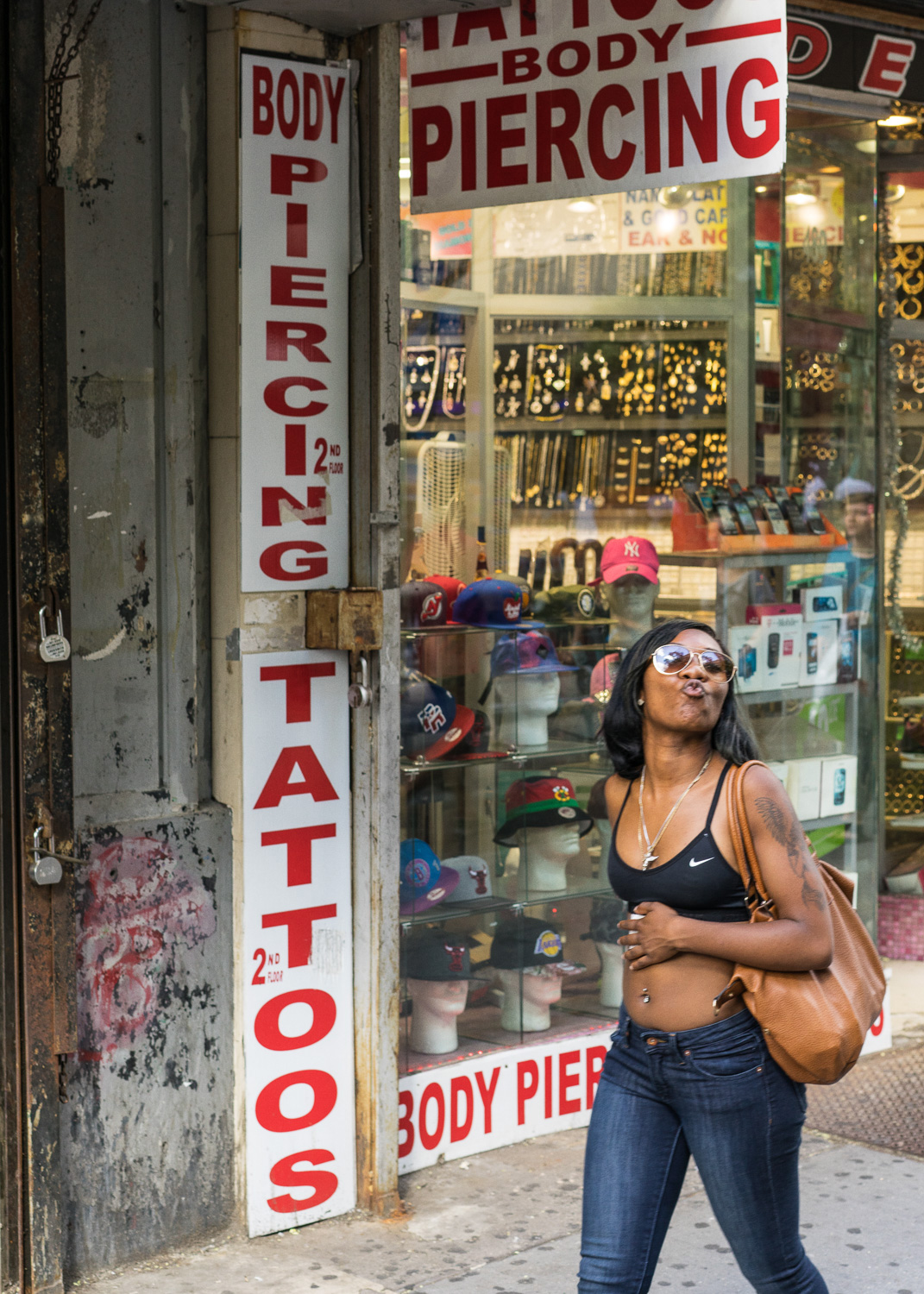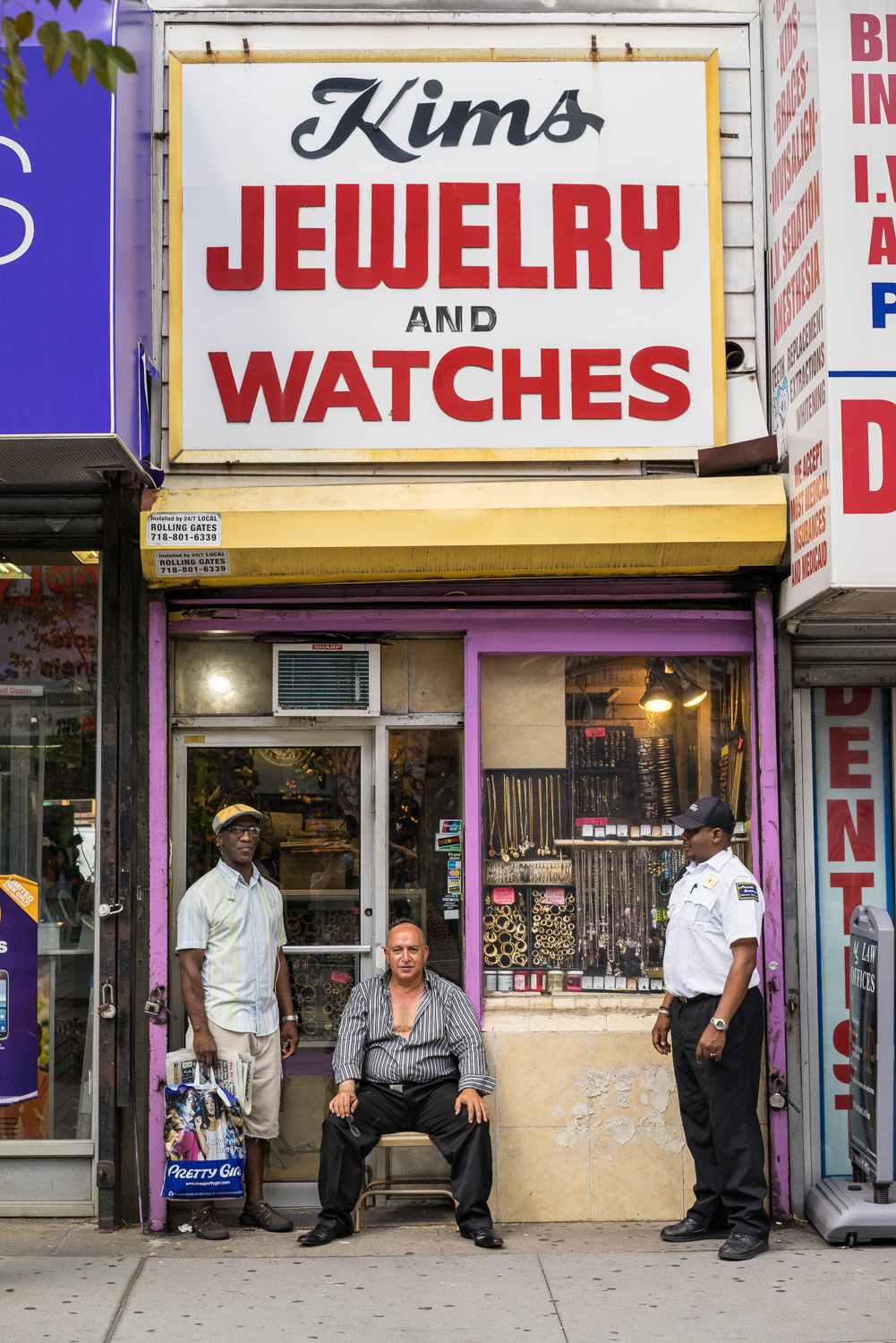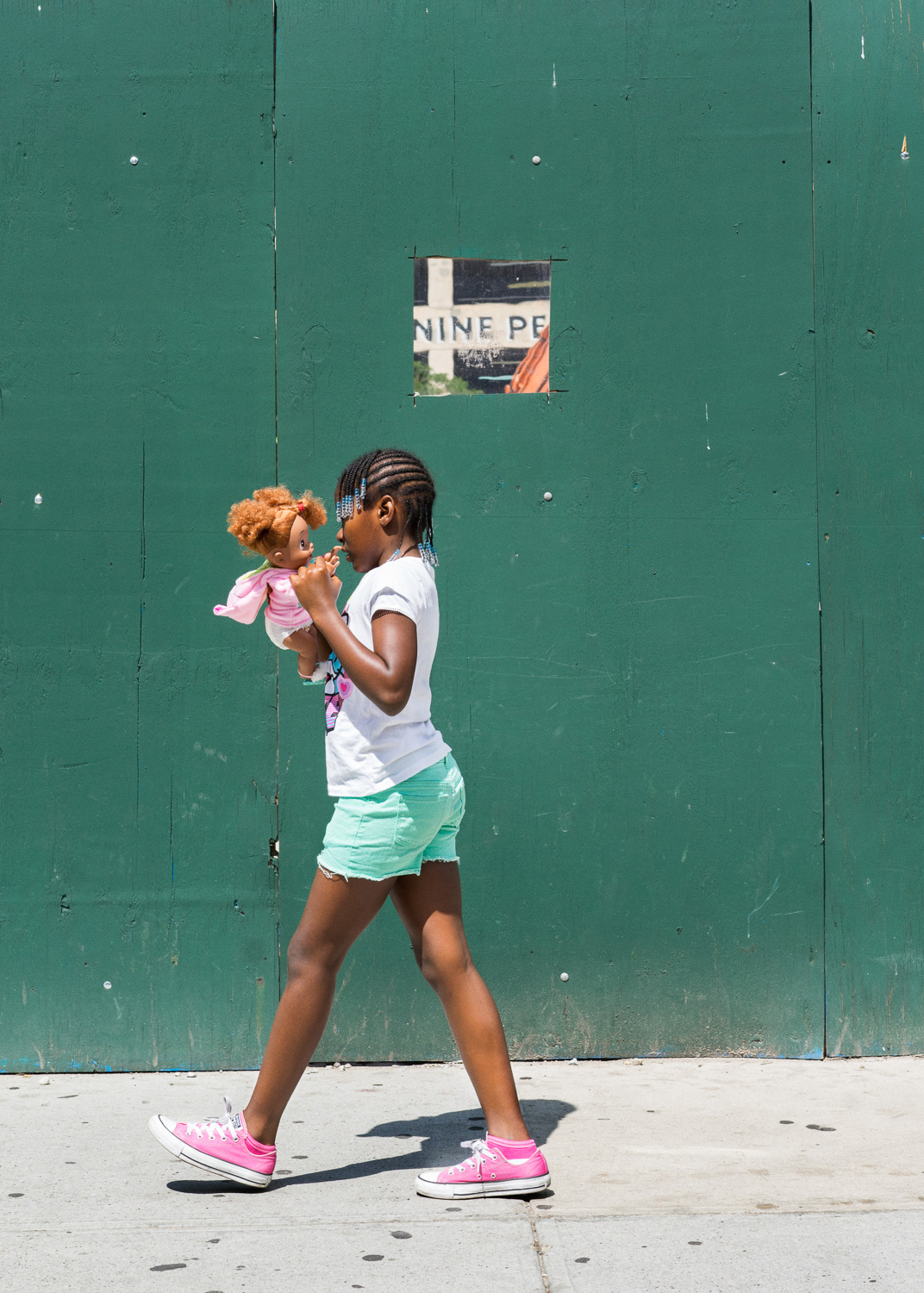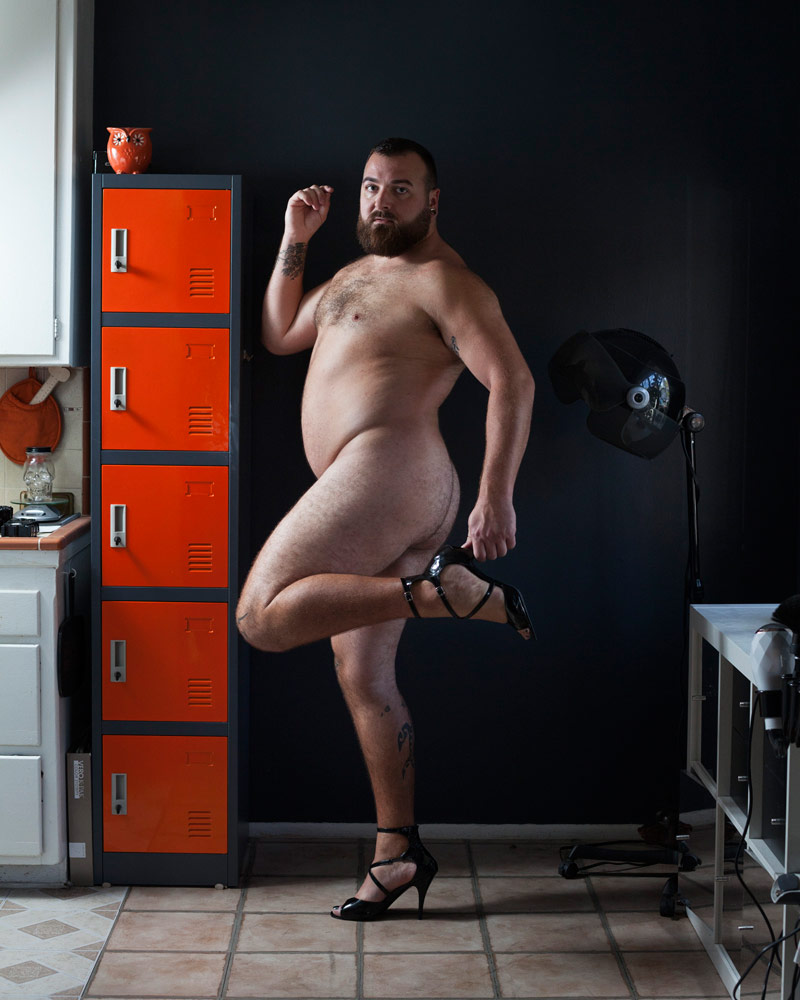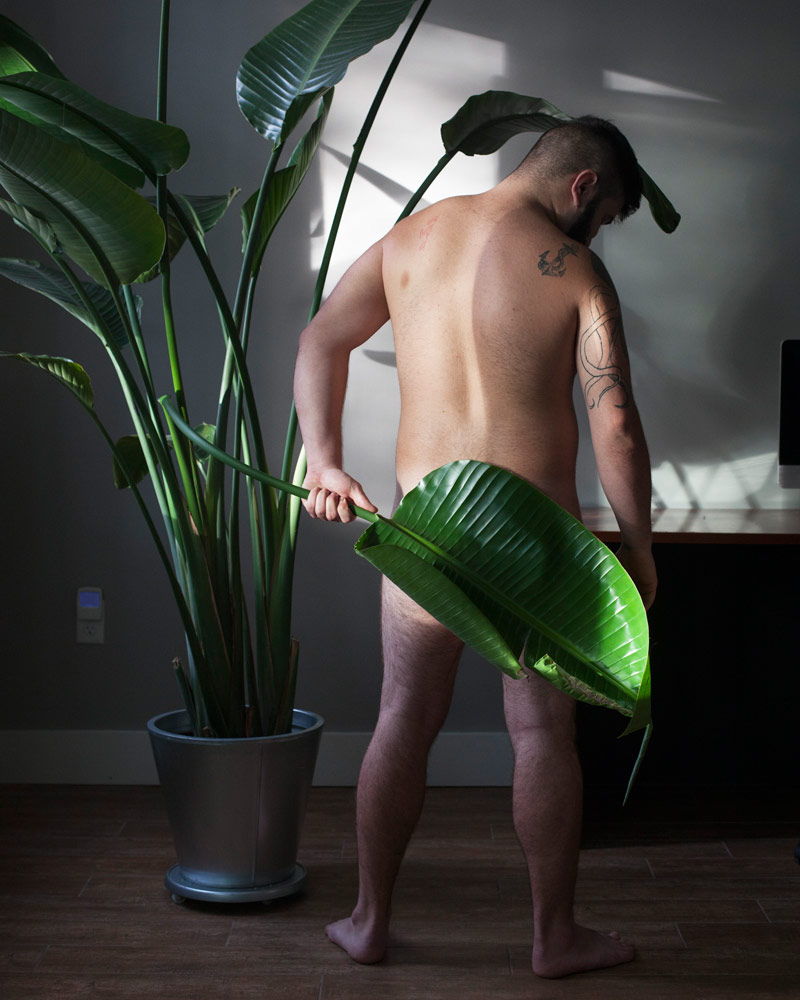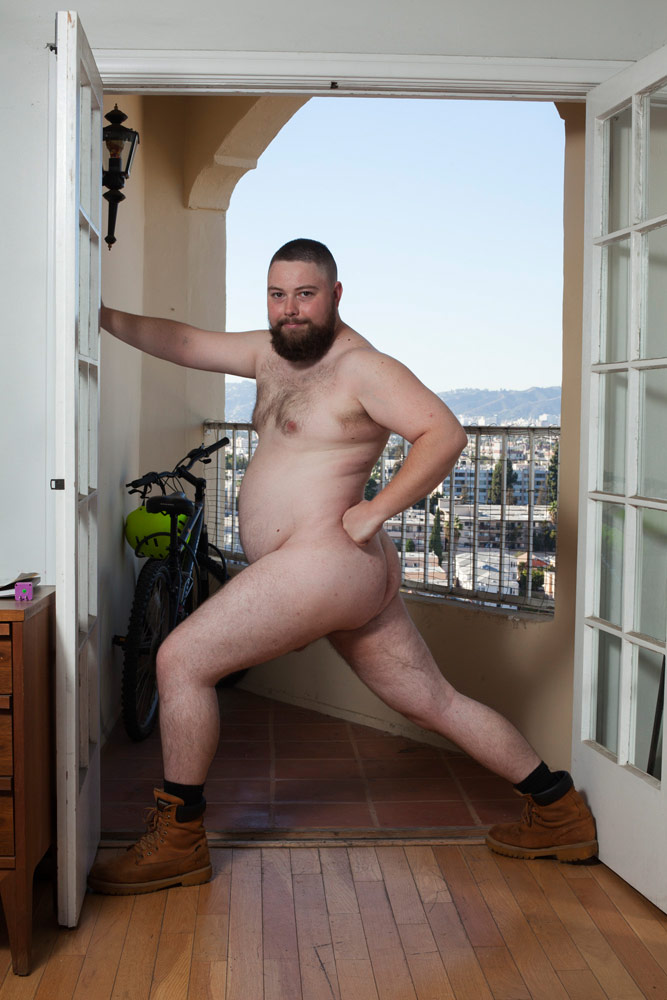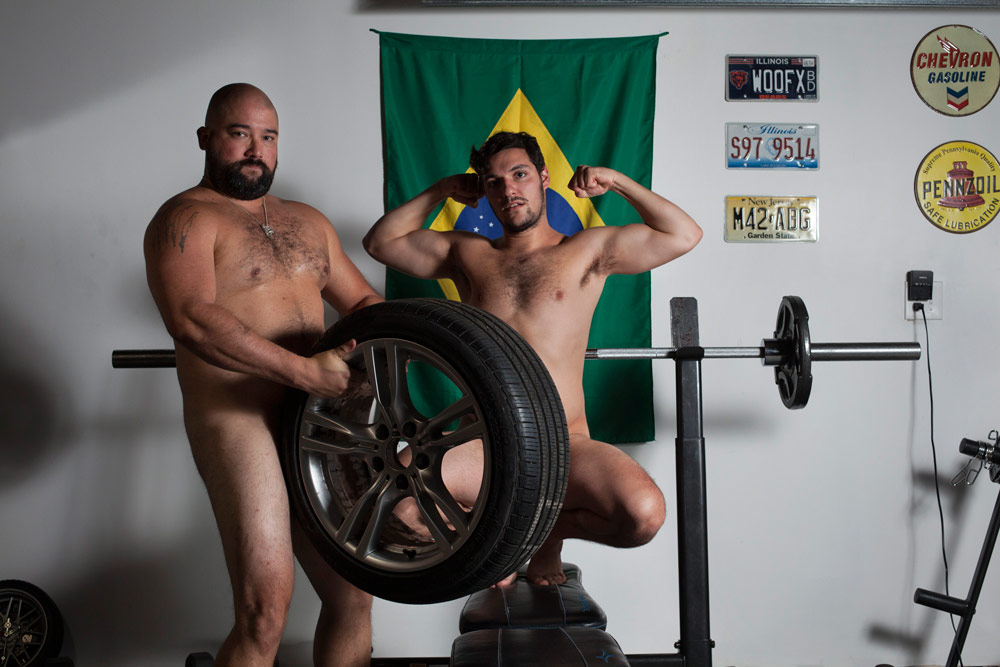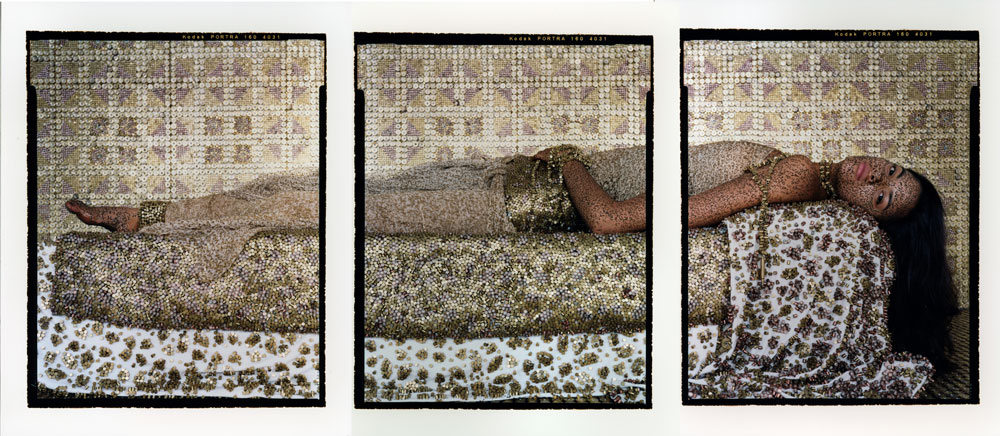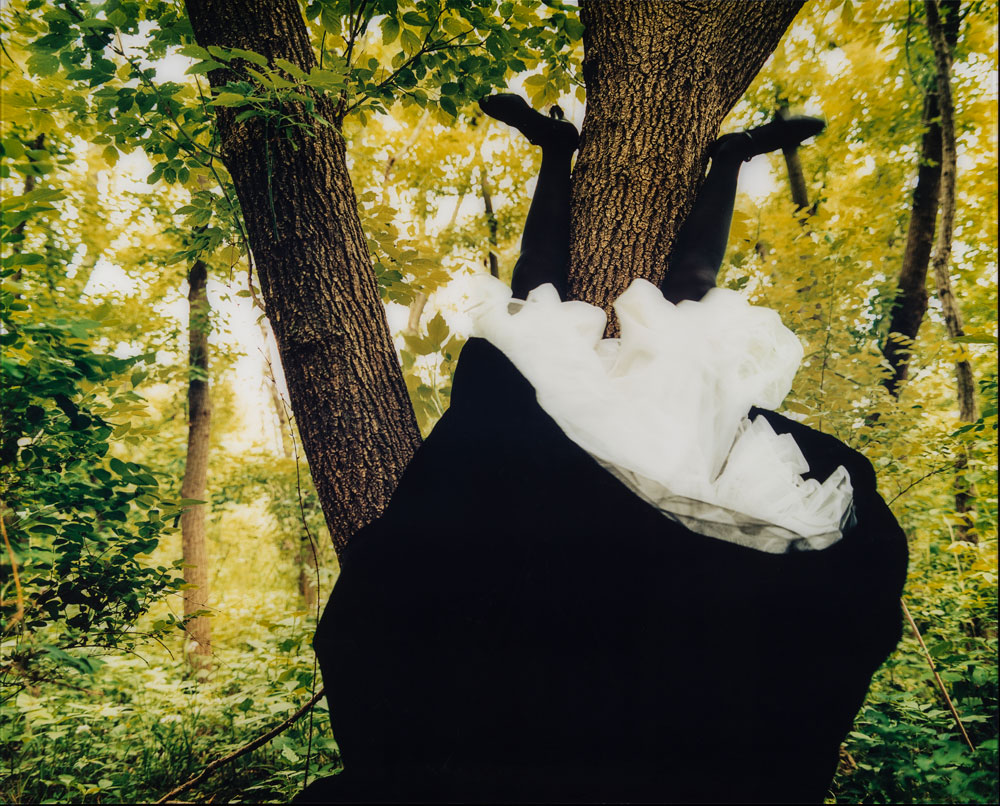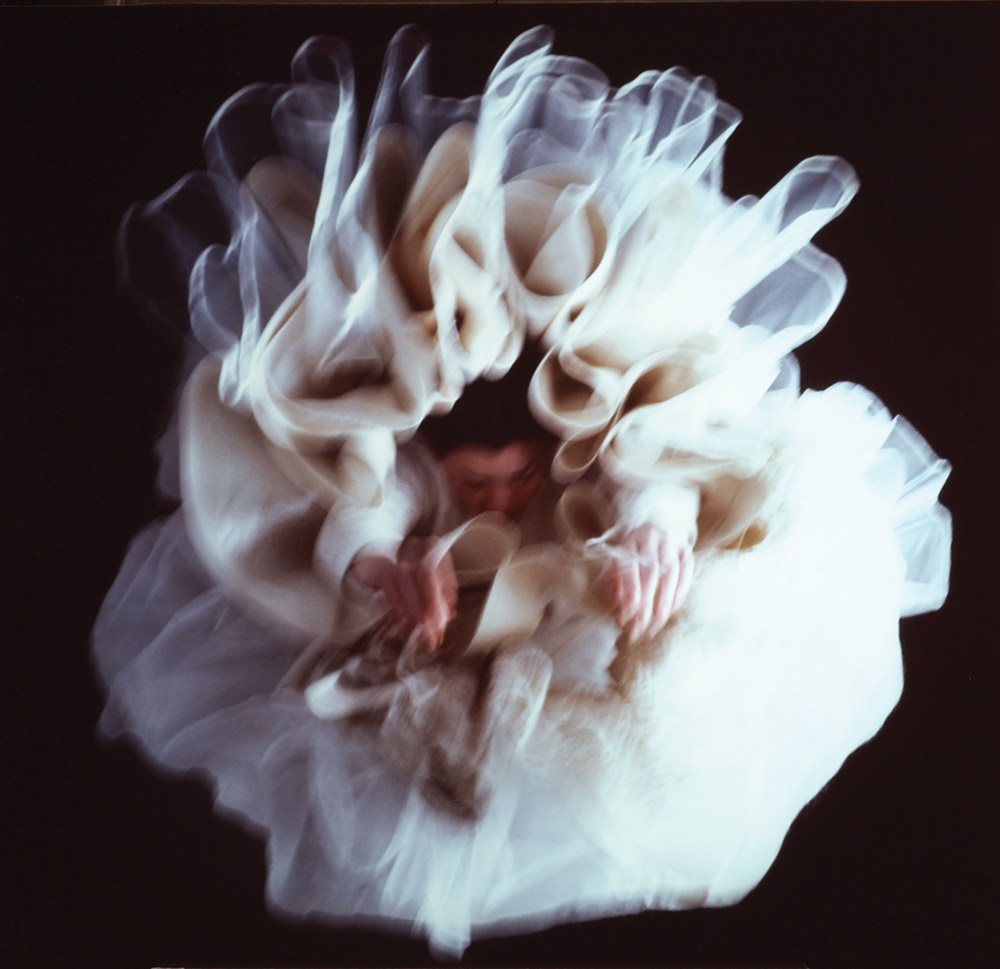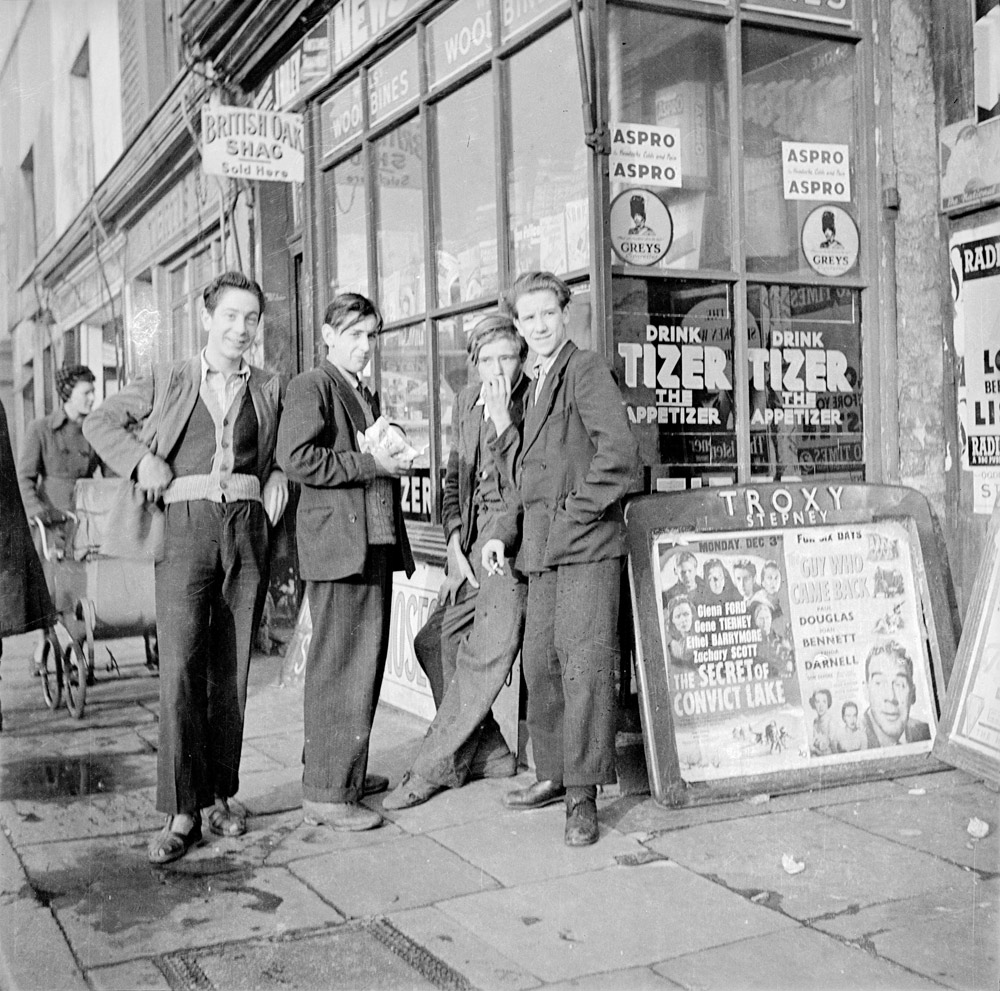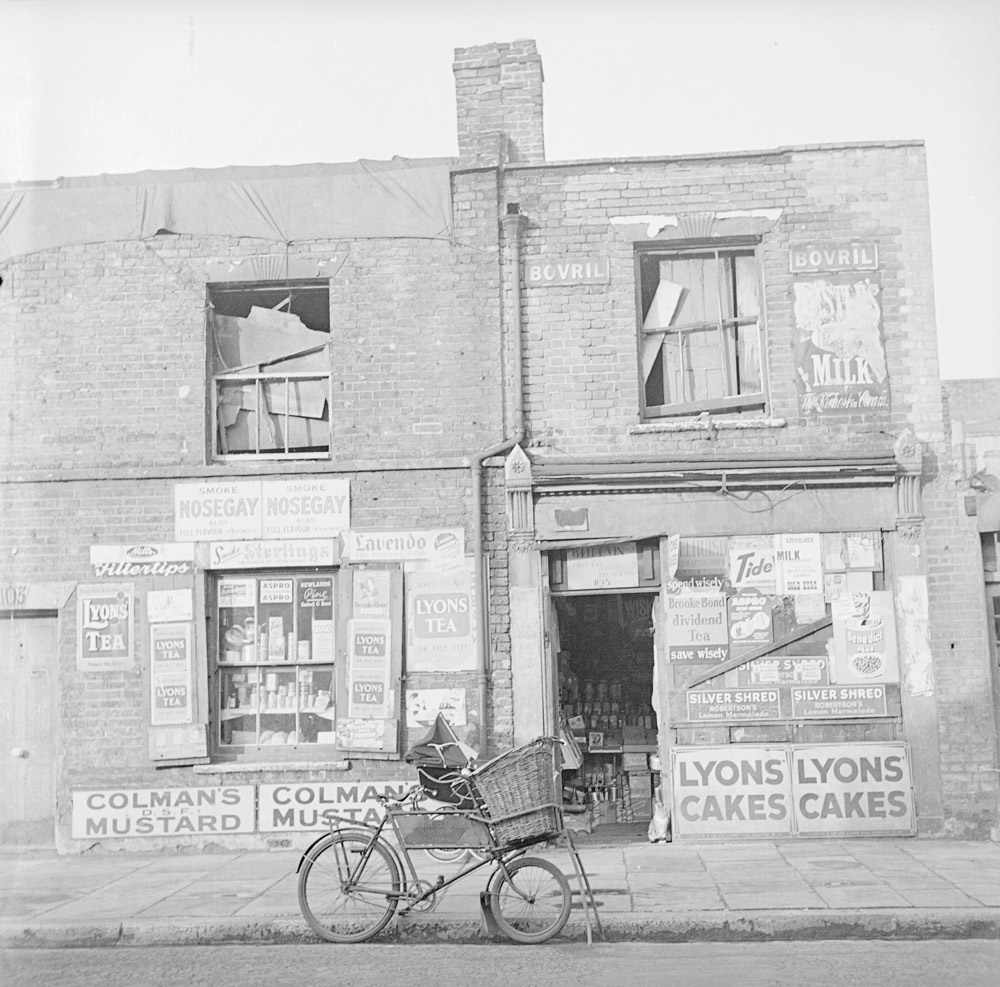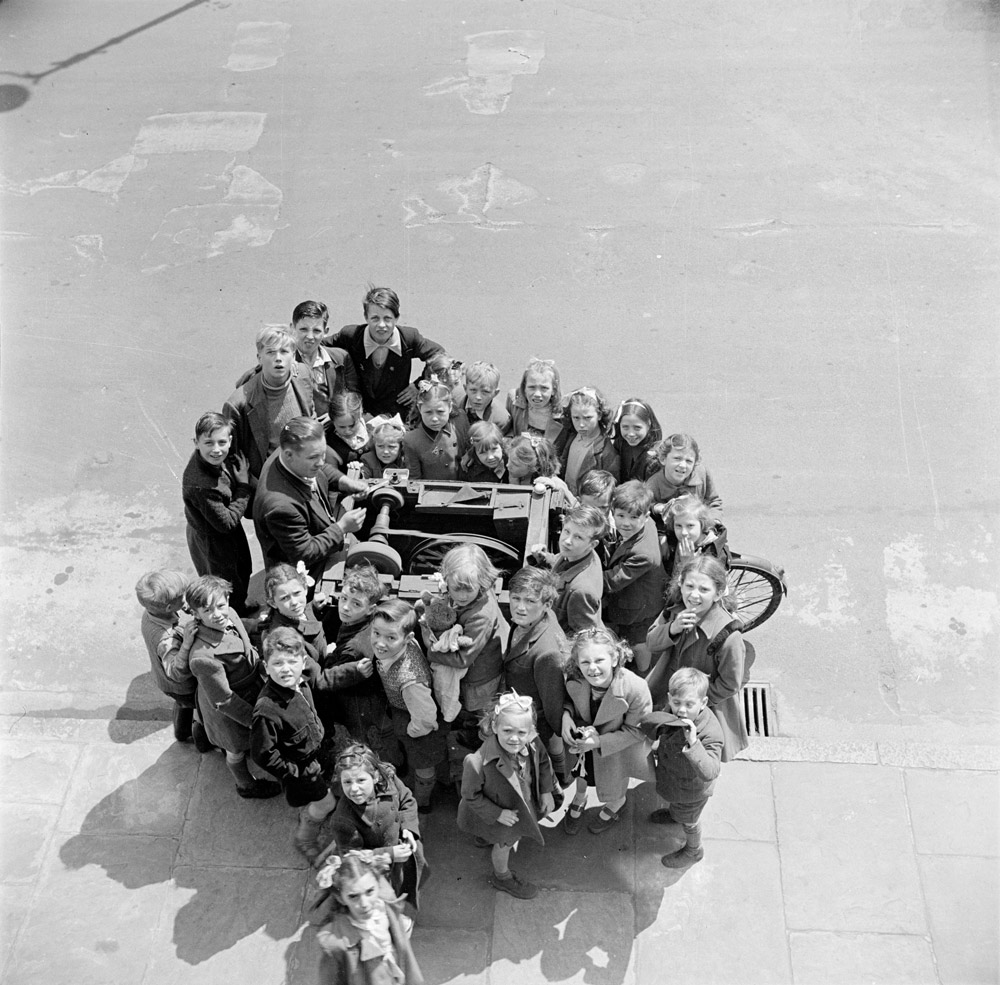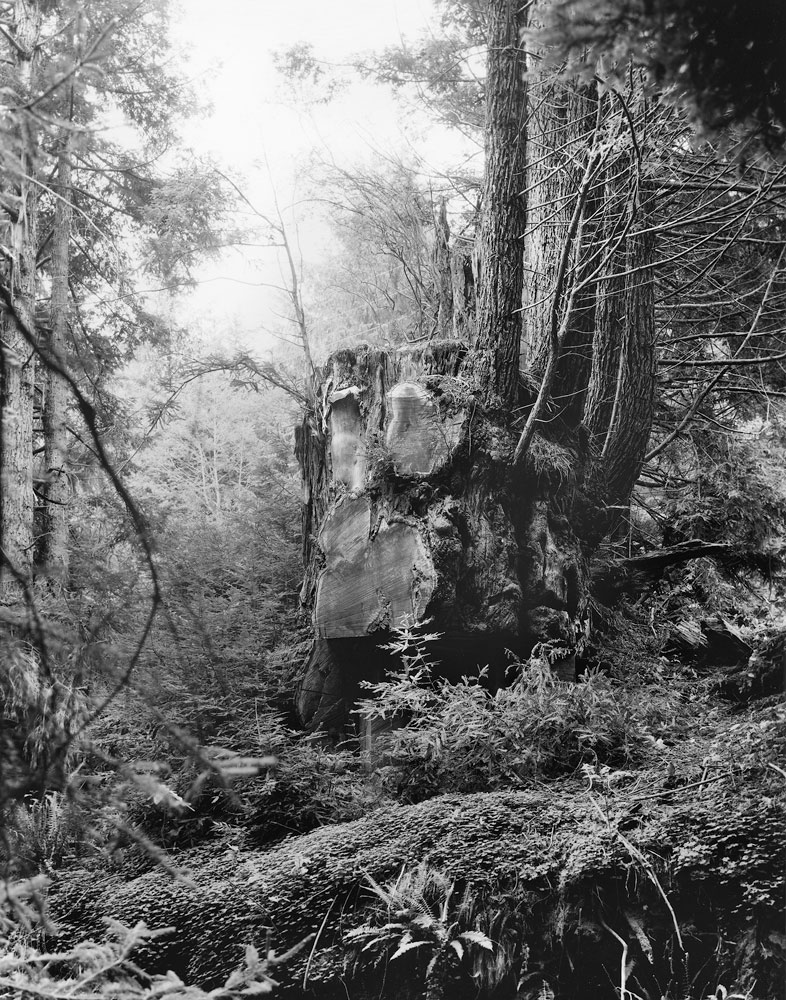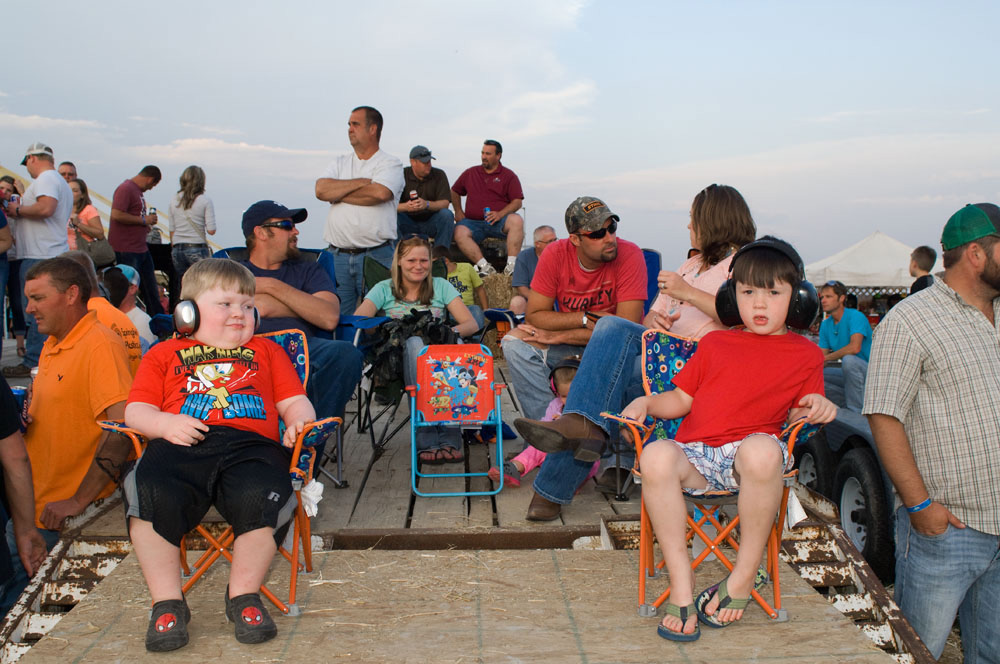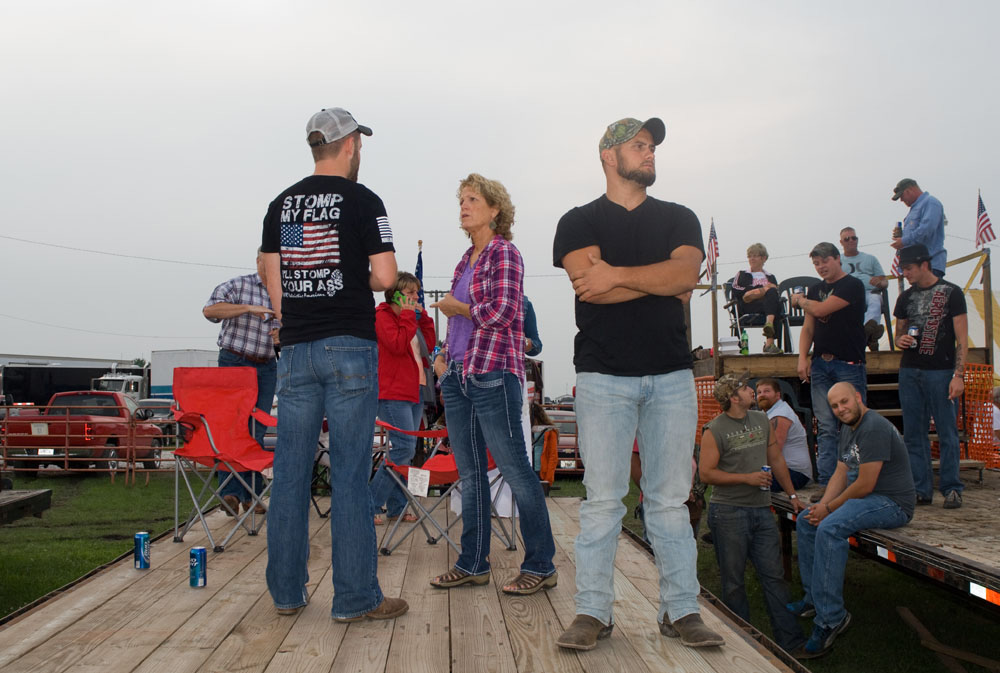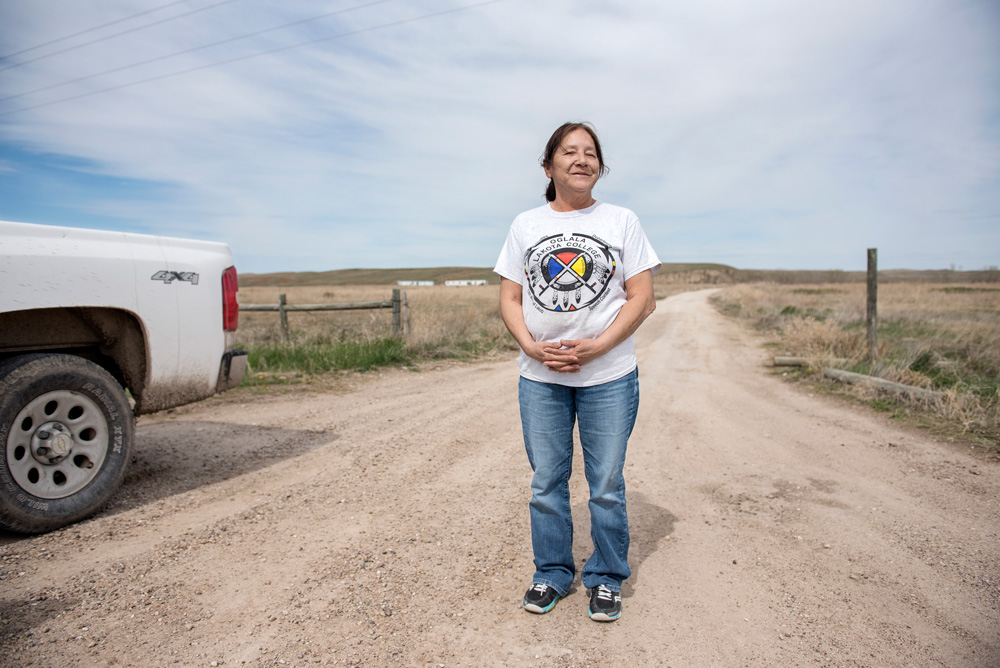
Gudrun Georges spent five days at the Pine Ridge Reservation in South Dakota with a non-profit group named
One Spirit. One Spirit is not church affiliated, and is the only outside organization approved by the Sioux tribal council. Pine Ridge is an Oglala Lakota Native American reservation.
"The portraits were mostly done when I drove around dropping off food boxes. Some of these people's addresses were impossible to find - there are no street names on the reservation. One big thing that happened when I was there was the closing of the White Clay liquor shops. The state of Nebraska refused to renew liquor licenses to the few stores right outside the reservation. They have a huge alcohol problem in Pine Ridge and even though alcohol is forbidden on the reservation, White Clay is a short drive or walk away. Most Indians were very happy about this decision. They fought these White Clay stores for years."
Pine Ridge is the site of several events that marked tragic milestones in the history between the Sioux of the area and the United States government.
© Tate Smith. Frying Pan.
Tate Smith interprets the decisive moment for ridiculous results.
We met at the School at the International Center of Photography summer course called "
Faces of Coney" taught by photographers
Janette Beckman and
Merri Cyr. I covered the class for Beckman one day, helping the students edit photographs from their visits to New York's spectacular Coney Island.
All Tate wanted was to quote Henri Cartier-Bresson:
"To me, photography is the simultaneous recognition, in a fraction of a second, of the significance of an event as well as of a precise organization of forms which give that event its proper expression."
Beer Bong
Chicken
Ketchup
Soccer Ball
Detergent
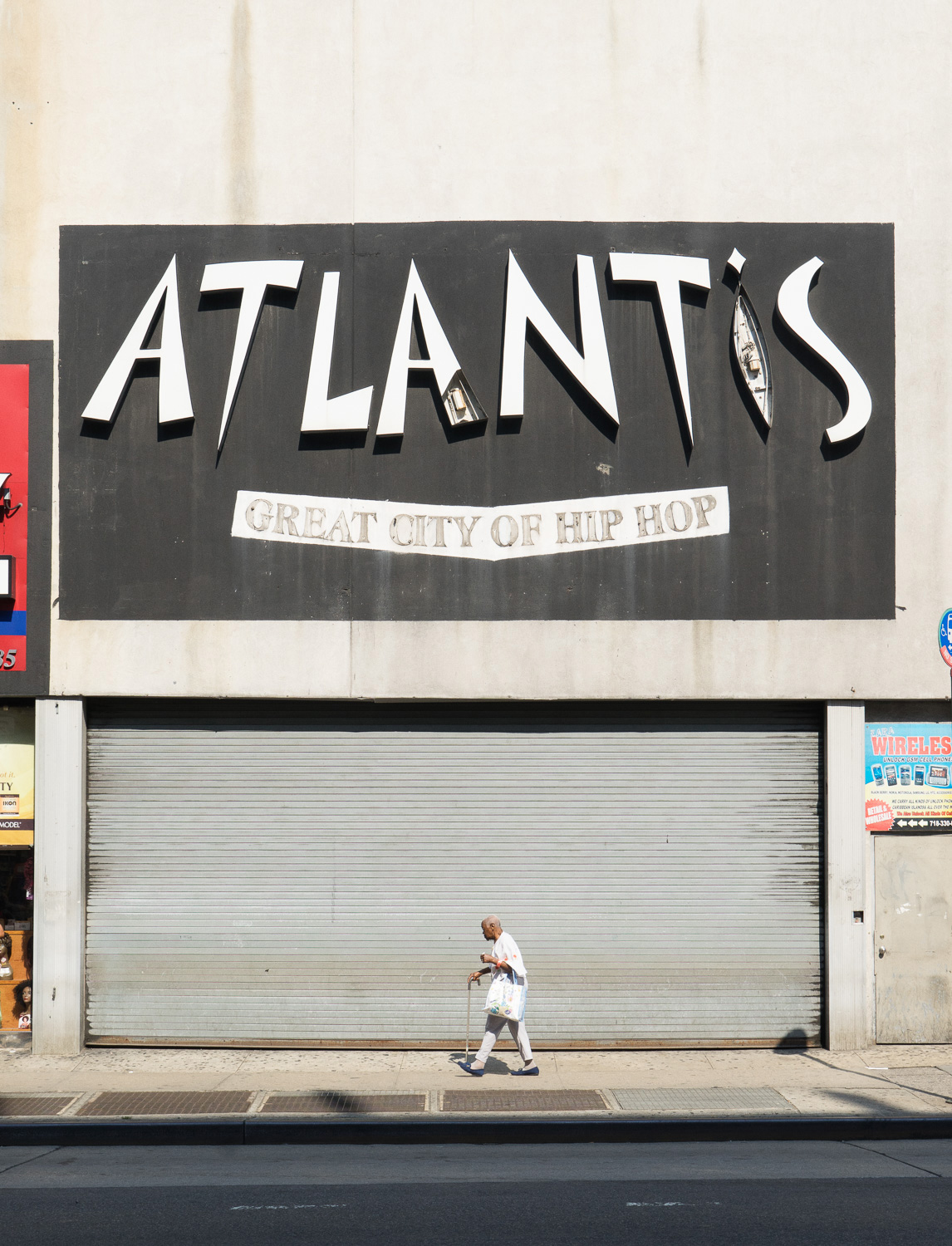
Dylan Coulter spent summer of 2015 looking at a disappearing downtown Brooklyn. He says many of the independent stores he recorded are now gone. Lifelong New Yorker
Arlene Gottfried, who died this week, photographed around the city and its parks and beaches for many years, saying recently how it was hard to find anything inspiring to capture any more. So get out there and get shooting while there's some colorful life left in your 'hood.
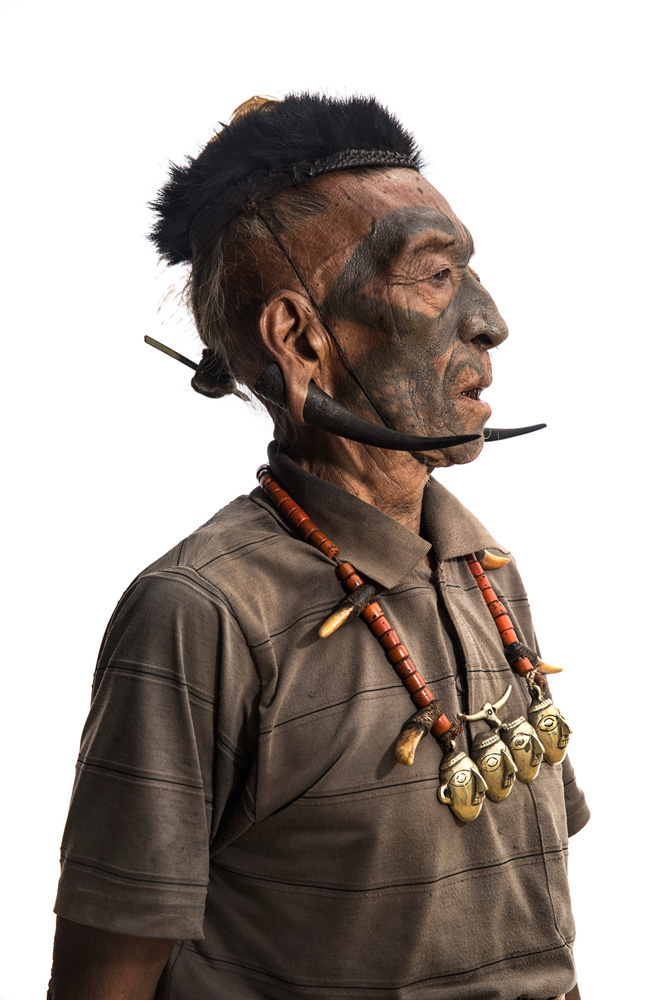
© Trupal Pandya
The Konyak are a Naga people, and are recognised among other Naga by their tattoos, which they have all over their face and hands; facial tattoos were earned for taking an enemy's head.
Read more (Wikipedia).
Trupal Pandya was born and raised in India. He has a bachelor's degree in photography from the Fashion Institute of Technology in New York which is where we met, during a portfolio review. Trupal impressed everyone, and I left having pinched a print from Trupal's box and vowing to stay in touch. Visit his website for more portraits including
Aghori, or Holy Men, and
Aryans of the Himalayas.
Following on from his series
Gay Wildlife,
Mickey "I'll get naked too, that's fine"
Aloisio spent three months on the road photographing queer men and their communities across the country during the fall of 2016.
"During this time, I found my subjects by going to the different safe spaces of that particular area. I would then arrange to go to their home to create art with them as two collaborators. I would also stay with these men, as I was not able to afford staying in hotels for such an extended period of time. I realized through this, what the strength of a community feels like, and how belonging to such, can afford us opportunities that otherwise may not be possible."
Mickey, could you be more frank? We made a reasonably safe-for-work edit. There is more fun to be had over at
Mickey's website.
Lalla Essaydi, Bullets Revisited #3, 2012 Three chromogenic prints mounted on aluminum, 66 x 150 in. overall; National Museum of Women in the Arts, Purchased with funds provided by Jacqueline Badger Mars, Sunny Scully Alsup and William Alsup, Mr. Sharad Tak and Mrs. Mahinder Tak, Marcia and Frank Carlucci, and Nancy Nelson Stevenson; © Lalla Essaydi
REVIVAL, an exhibition of contemporary sculpture, photography and video by women artists, will be on view at the National Museum of Women in the Arts (
NMWA) June 23-September 10, 2017.
"Exploring how arresting aesthetics and intense subject matter can spur the viewer into a transcendent encounter with a work of art, the exhibition focuses on 16 artists, including Louise Bourgeois, Sonya Clark, Petah Coyne, Lalla Essaydi, Maria Marshall, Alison Saar, Beverly Semmes, Joana Vasconcelos, and Bettina von Zwehl. REVIVAL launches the exhibition schedule celebrating the museum's 30th-anniversary year."
There will be a
gallery talk at midday on June 28th, 2017. Admission is free.
Located in Washington, D.C., The National Museum of Women in the Arts is the only museum in the world dedicated exclusively to recognizing the achievements of women artists.
Anna Gaskell, untitled #104 (A Short Story of Happenstance), 2003; Chromogenic print, 71 ½ x 90 ¼ in.; National Museum of Women in the Arts, Gift of Heather and Tony Podesta Collection; © Anna Gaskell
Deborah Paauwe, Tangled Whisper, 2004; Chromogenic print, 70 ⅞ x 70 ⅞ in.; National Museum of Women in the Arts, Gift of Heather and Tony Podesta Collection; © 2017 Artists Rights Society (ARS), New York / VISCOPY, Australia; Photo by Lee Stalsworth
Charlotte Gyllenhammar, Fall III, 1999; Chromogenic print mounted on aluminum, 38 x 39 in.; National Museum of Women in the Arts, Gift of Heather and Tony Podesta Collection; © Charlotte Gyllenhammar
Maria Marshall, Future Perfect, 1998; Iris print, 56 x 39 in.; National Museum of Women in the Arts, Gift of Heather and Tony Podesta Collection
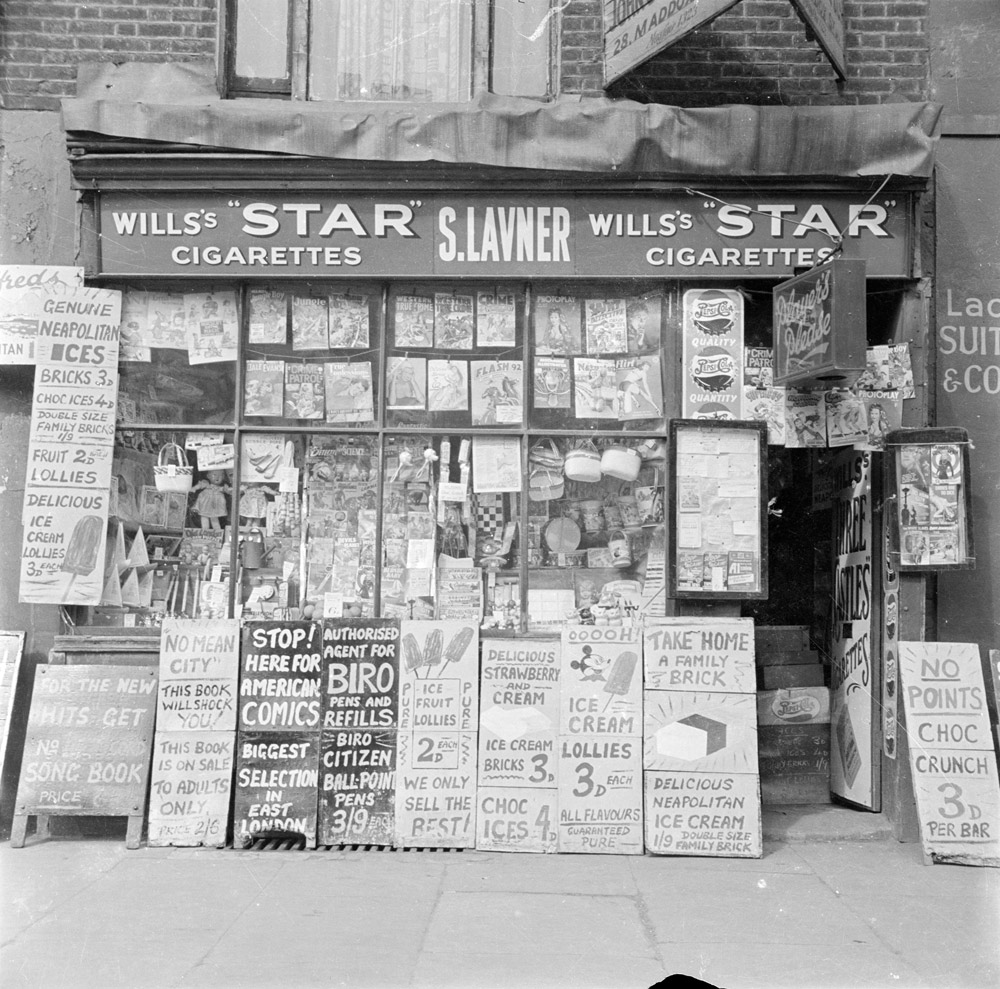
Photos by Nigel Henderson / Tate Publishing
Welcome to
Nigel Henderson's "Streets". This wonderful book comprises Henderson's photographs made in London's East End from 1949 to 1953 - around Whitechapel, Bethnal Green and Bow - and is out now from our friends at Tate Publishing.
"Nigel Henderson started to take photographs in 1947 when he borrowed a Leica camera from Mr. Humphrey Swingler to document Slade School of Art. His mother-in-law offered to buy him a camera so he bought his own, purchasing a Rolleicord that Henderson used to document the East End, producing small square negatives from which the photographs in this book have been reproduced."
The book is chock full of Henderson's black and white records of the neighborhood, many of which were unpublished during Henderson's lifetime. It also includes a smattering of quotes. My favourite:
"I wish, looking back, that I had been better technically; that I sung the song of every small blotch and blister, of every patch and stain on road and pavement surface, of step and rail and door and window frame. The patched garments, the creaky shoes, the worn bodies, the stout hearts and quirky independent spirit... the sheer capacity to get on with it of the disregarded... the humour and fatalism of those trapped, possibly by choice in the small tribal liaisons of the back and side streets."
I think you did OK, Mr. Henderson.
The book explores Henderson's place in this post-war era, with fascinating tidbits such as Henderson's guiding Cartier-Bresson around Bethnal Green in 1951.
The Tate Archive acquired his collection across two decades and has now digitized 3,000 Henderson negatives, which you can
explore here.
Nigel Henderson's "Streets" is out now, £24.99 over at the Tate's website. Added bonus - a Martin Parr quote: 'Henderson knew how to turn a street into his own theatre. He understood the simple strength of documenting the streets of London, with their players, dramas and characters. This beautiful book really brings his photographs to life.'
All photos by Nigel Henderson / Tate Publishing

Working within his usual creative process,
Klaus Enrique turned, along with his stomach, to producing a series of Trumps. I think we both needed to get these out of our systems.
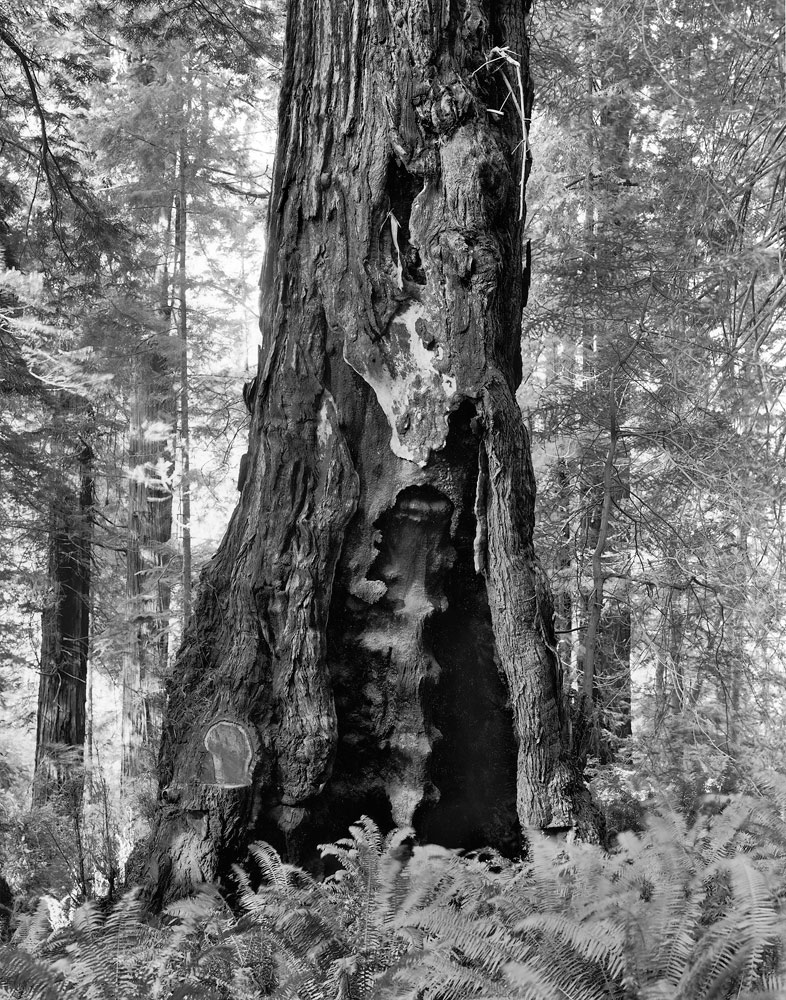
One has to ask, WTF is wrong with people? "In 2013, an alarming number of Redwood National Park redwood trees were shorn of their knobby protrusions, called burls. The trees were disfigured by thieves aiming to sell the distinctive burl wood on the black market. One team was bold enough to fell an entire tree for its burl. Concerned over the welfare of these iconic treasures, Kirk Crippens and Gretchen LeMaistre worked with park rangers to access each damaged tree. From 2013 to 2016, they made many visits to the redwood forests of Humboldt County, California, observing the trees in changing light and seasons."

"Redwood trees are living witnesses to our human history, sometimes existing for as long as three thousand years. Out of respect for their ancient heritage, and after an extended period of aggressive logging in the late 1800s, Theodore Roosevelt championed protection efforts that led to the formation of the National Park Service. Pioneering photographers such as Carleton Watkins and Eadweard Muybridge also fostered preservation through their striking images, many of which influenced the United States Congress. Crippens and LeMaistre honor the link between the history of photography and conservation by retracing the paths and methods of the early photographic masters."
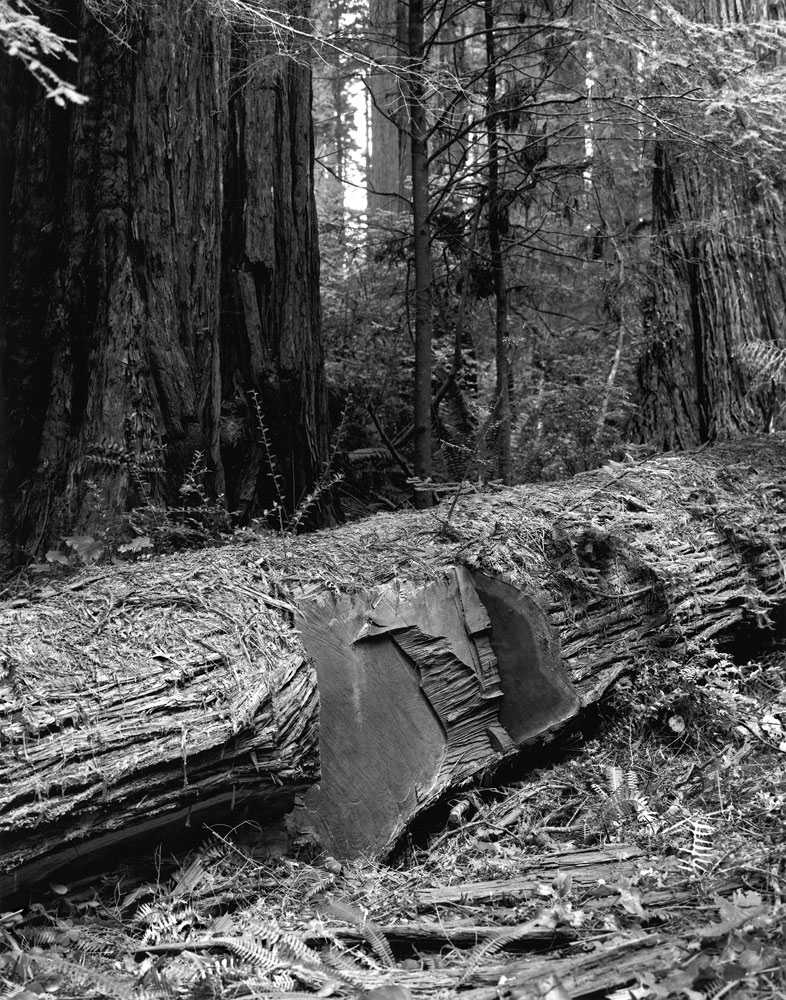
"Today less than 5% of old-growth coast redwood forest remains in the Northern Hemisphere, most living in the Redwood National and State Parks of the United States. Since redwoods propagate through their burls, poached trees' ability to reproduce is threatened. They also become vulnerable to disease. Decades may pass before the full impact on the forest can be assessed. Live Burls marks the conflict between entitled consumption and celebration of natural resources at the heart of the American ethos.
All images © Kirk Crippens and Gretchen LeMaistre, courtesy of Schilt Publishing.
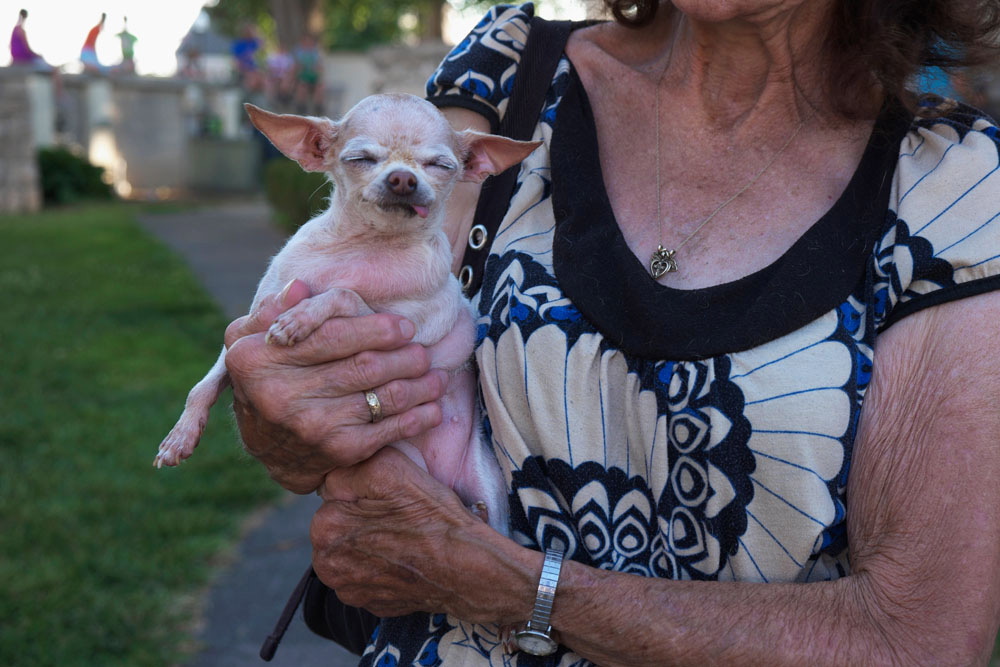
I have been following Bruce for a few years now and learned much through his series Forgottonia, which is the nickname for several counties in far west central Illinois. With the recent US election I realized how ignorant I am about much of America. In Bruce's images we see his eye is kindly and fully open.
This book of 99 pages contains 67 color photographs with an essay by Paul Berlanga of Berlanga Fine Art/Photographs, Chicago. In reference to the first two books of this trilogy Paul writes "....what make these publications really stand out are not any individual works of artistic merit (which they certainly possess) but their sense of purpose - a mission to make a record of something special that is in the ineluctable throes of passing from the scene."





